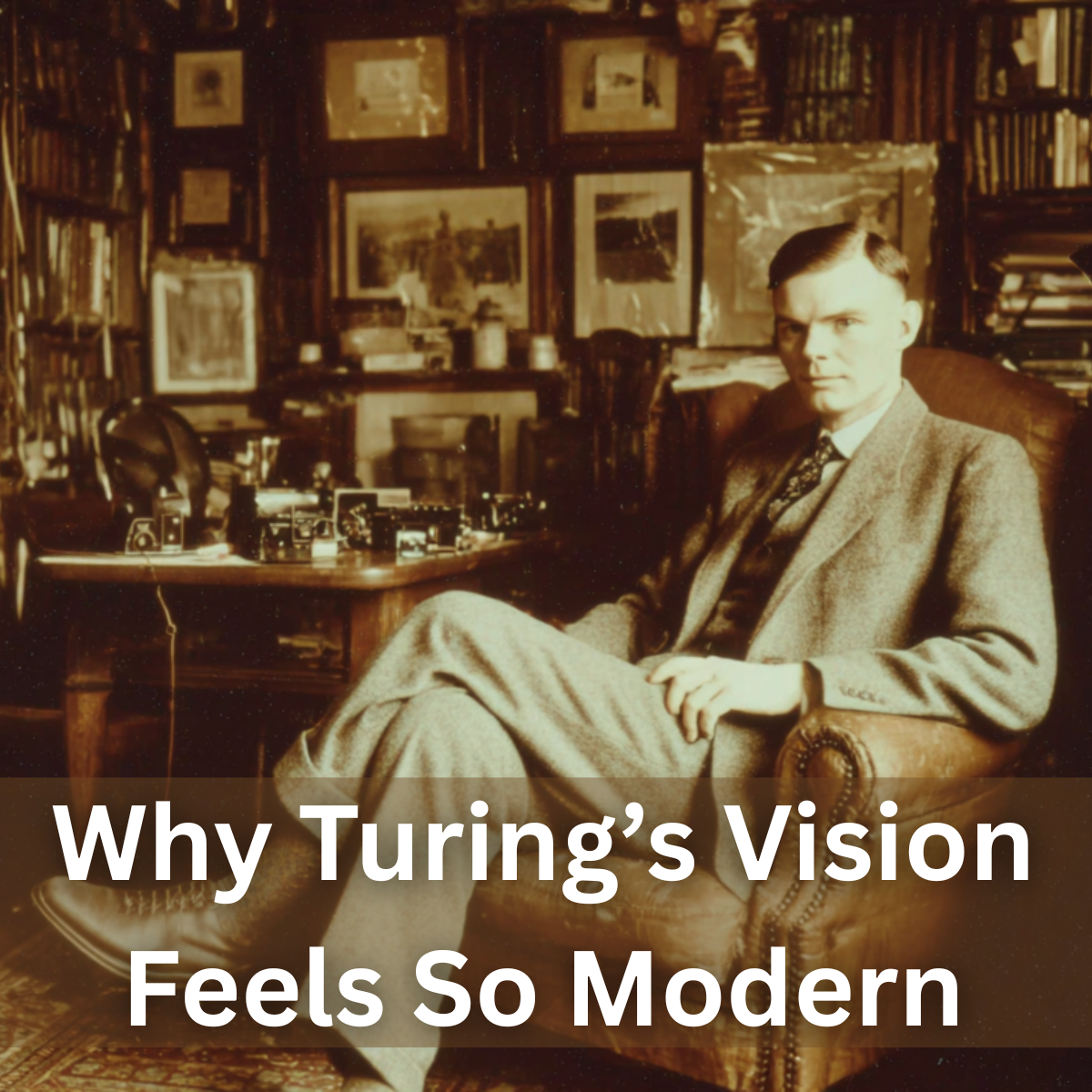In my experience, many people and companies are unwittingly sitting on mounds of gold. Instead of recognizing this wealth, their gaze is fixed on a distant vista—an elusive ideal they believe will yield riches. Yet, often, they are already atop the treasure they seek. This frequent oversight involves various elements-new business models, market strategies, or client sets—each serving to distract from the valuable assets already within their grasp. This morning, I found myself pondering a critical question: Why do leaders often overlook what is so apparent to others?
Introducing Innovation Myopia
As you might expect, the answer to this question is complex, influenced by factors like cognitive biases, organizational culture, and external pressures that obscure clear vision. A significant factor I want to highlight in this article is termed ‘innovation myopia.’ Borrowing from the medical definition of myopia, or nearsightedness, this concept can be applied to the business realm to illustrate how leaders often prioritize short-term goals and specific solution details, missing the broader, long-term implications. Innovation myopia occurs when leaders focus exclusively on new innovations rather than leveraging existing assets. This bias towards the new and innovative often leads to undervaluing established strengths.
Recognizing the Gold in Your Existing Team
I have been guilty of innovation myopia myself on several occasions, particularly in underestimating the strengths of the people within my organization. It’s easy to look out at the market and think, ‘If only we had talent like that.’ This thought is rational—if you want to excel, you should hire experts. However, this approach is rarely practical. Transforming an organization by introducing new innovations and hiring a completely new team is a massive undertaking and often takes much longer than anticipated. This is because such revelations are not unique; others are also racing toward these seemingly obvious solutions. This mindset is a classic example of innovation myopia: the natural inclination to believe new personnel are needed to address new challenges. A better approach is recognizing the ‘gold’ you already possess. Often, there is untapped talent within your existing team that can drive profitable growth. This talent may not align with today’s trending innovations but could fulfill critical needs that are highly valued by many. Your current employees might just be the mountain of gold you’re overlooking because your focus is solely on the next innovation.
Harnessing the Power of Existing Data
Another area where I’ve observed innovation myopia is in the handling of data. We often admire companies that leverage a dataset to uncover a valuable new perspective, approach a market differently, or gain powerful insights that revolutionize their strategies. This admiration can lead to tunnel vision, where we try to mimic or replicate these innovators’ successes. Often, this involves purchasing data, which can sometimes be effective but is not always necessary. A more astute approach is to harness the data we are already collecting. Most companies continuously gather vast amounts of data, much of which is highly unstructured and not immediately comprehensible. However, if organized sensibly, this data can reveal significant insights and uncover what has always been there: a unique and powerful understanding of customer behavior. I believe innovation myopia plays a major role in preventing executives from recognizing the treasure trove of gold—their own data—that has been beneath them all along.
Conclusion: Overcoming Innovation Myopia
In conclusion, the concept of innovation myopia is a critical barrier that many companies and leaders must learn to navigate. As illustrated, this myopia can lead to an undue focus on seeking external innovations and underutilizing the vast resources already present within an organization—whether in the form of untapped human potential or unexplored data assets. This oversight often stems from cognitive biases, cultural inertia, and external pressures that can cloud strategic vision and decision-making.
My own experiences and observations have shown that the allure of the ‘new’ and the pressure to emulate successful innovators can distract us from leveraging our inherent strengths. Rather than chasing after new capabilities at high costs and with uncertain outcomes, we should cultivate a deeper awareness of the resources we already possess. By doing so, we can unlock hidden value and drive sustainable growth that is not reliant on external innovations but on maximizing our existing assets.
Innovation myopia is not just a trap for the unwary; it is a pervasive challenge that requires ongoing vigilance and a strategic shift in perspective. Leaders must strive to broaden their vision, appreciating and harnessing the ‘gold’ they are already sitting on. In fostering this shift, we not only enhance our organizational capacities but also pave the way for a more adaptable and resilient business model in the face of future challenges. Thus, the real treasure lies not in the distant horizons but in recognizing and cultivating the wealth at our feet.




